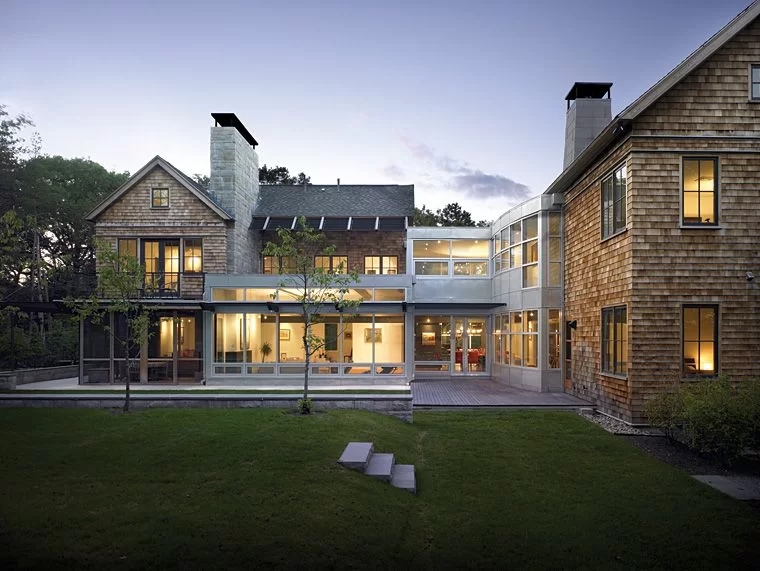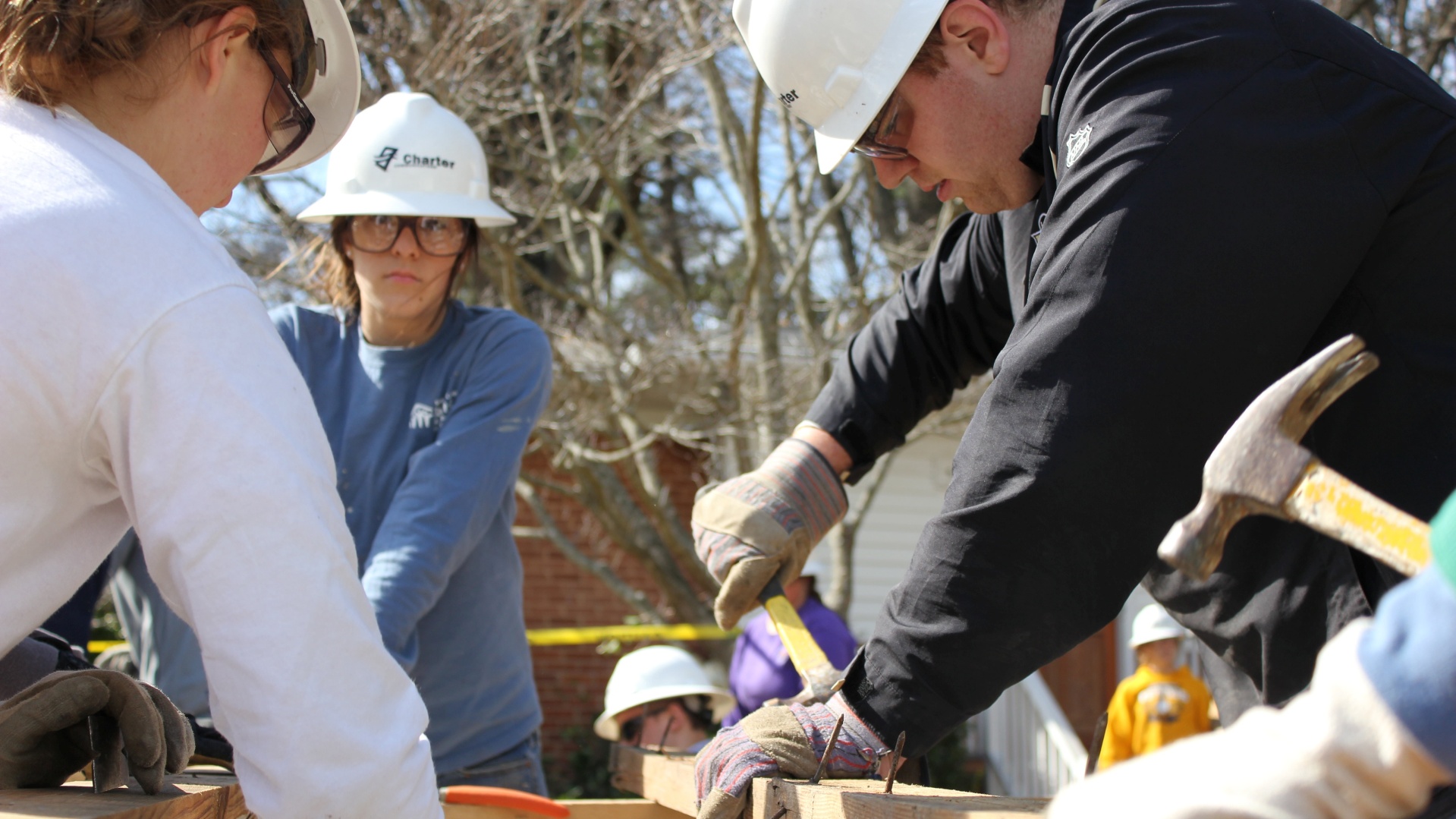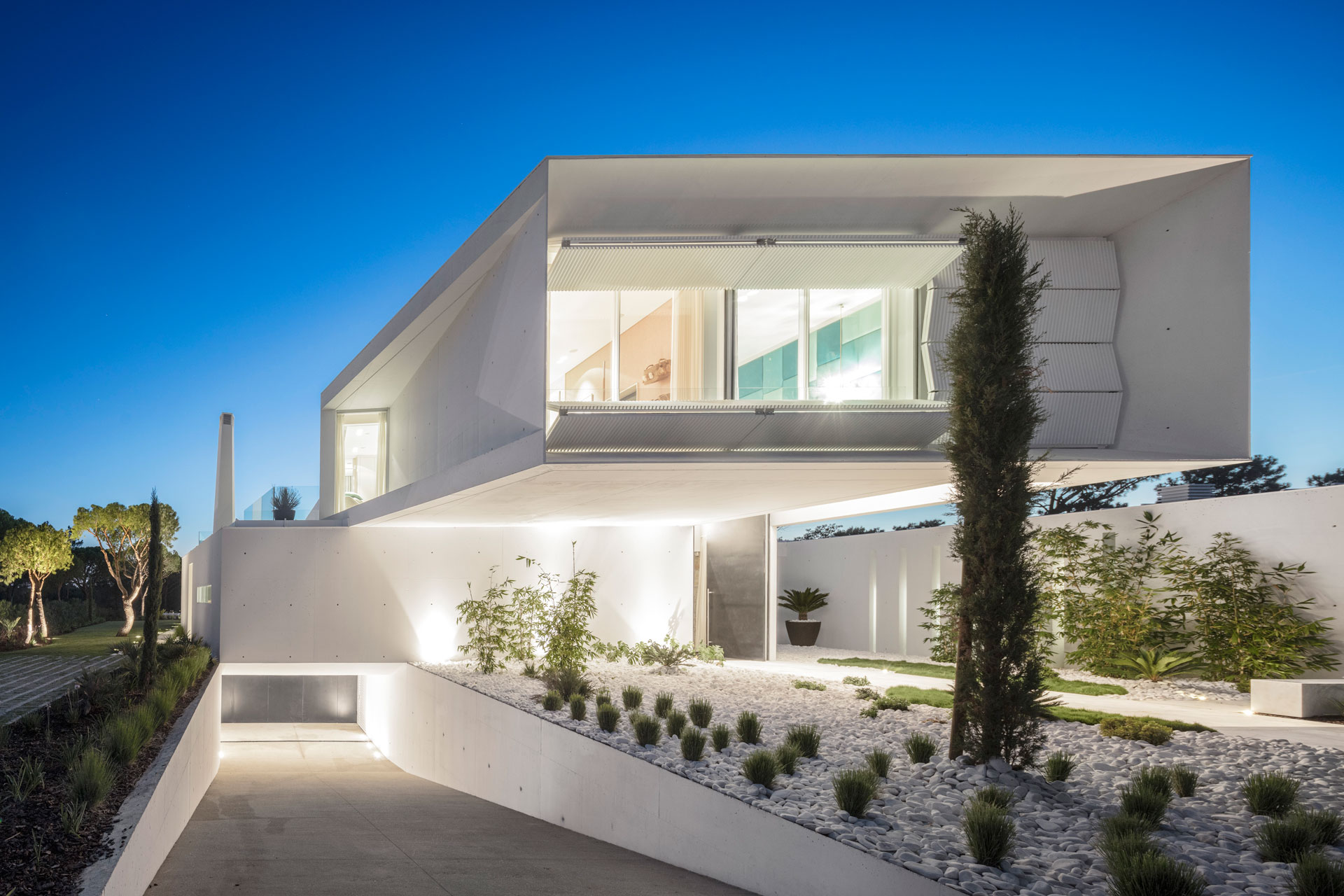Whether you’re building or renovating a home, it pays to be as sustainable as possible. You want to keep the carbon impact of your construction project as low as can be – and this is surprisingly easier than you think. There’s a big myth that any home build or renovation has to be terrible for the environment, but you can do so many things to keep it sustainable.
Are you keen to know how? Start with the tips below and go from there…
1. Opt For Sustainable Building Materials
There’s an obvious place to start your sustainable construction project, and it’s by choosing the right building materials for the job. This applies to both new builds and renovations; shy away from some of the older and more traditional materials and go for eco-friendly alternatives.
Ideally, you want materials that don’t generate a huge carbon footprint during their production process and can be recycled in the future. It’s also hugely beneficial if longevity combines with these two features.
The US Green Building Council recommends any of the following materials for greater sustainability:
- Low-carbon concrete
- Low-carbon wood
- Hemp-based materials
- Bamboo
You might manage an entire renovation using green materials, but the chances are you’ll need some traditional options mixed in there as well. That’s not the end of the world; just try your best to incorporate as many sustainable building materials as possible.
2. Avoid Pointless Demolitions
Maybe you’re knocking down an old property to build a new one from scratch, or perhaps you’re adding an extension to your current home and need to remove part of the existing structure. In both scenarios, you’re immediately tempted to hire a construction company that’ll demolish the building for you. You know it needs to be removed, so the quickest option seems to be to knock it down.
However, consider if demolitions are necessary in some cases. Could you still make use of existing structures or foundations? More to the point, can you safely remove part of the existing building structure and recycle the old materials? A big part of being more sustainable revolves around reducing unnecessary waste, so think about whether or not knocking down walls or huge parts of your home makes sense. In loads of cases, you can preserve or recycle instead.
3. Work With A Construction Waste Recycling Partner
There’s a strange irony to the fact that building or renovating a home isn’t that bad for the environment until after you’ve finished. You can follow fairly sustainable building practices throughout the process, but it’s all undone if you don’t know how to dispose of the construction waste.
Think about all the various waste materials you’ll generate:
- Old wood
- Scrap metal
- Concrete
- Bricks
The common approach is to hire a skip and chuck it all in there. This normally results in the materials being taken to a landfill and dumped – which is terrible for the environment. Think outside the box and partner with a construction waste recycling company during the building process. They’ll visit your property and take all of the recyclable materials to a proper scrap yard where everything gets checked and processed. It means that 90% of the waste you create can either be recycled or reused, rather than chucking everything away.
It’s such a simple thing to do, and it’s worth the additional cost of working with the recycling company. You’ll be truly amazed when they tell you what can be recycled/reused, and you’ll see just how much stuff you’ve stopped from going to a landfill.
4. Futureproof Your Home With New Installations
Design your new home or renovation with the future in mind to improve long-term sustainability. If you’re building a new house from scratch, then it makes perfect sense to include installations that’ll be relevant for years to come. You won’t have to update the property in a few years or decades – which would cause more building work and a bigger environmental impact.
Some obvious installations include:
- Solar panels & batteries
- Smart thermostats
- Fiber internet (if possible in your area)
You can also look at the general design of the home/renovation, going back to the materials used. You will future-proof your home with materials that stand the test of time and don’t require extensive maintenance. That’s why you need to spend extra time researching sustainable building materials to ensure you’re not picking things that have a low carbon footprint but require constant maintenance or reinstallation every few years.
5. Opt For Designs That Improve Energy Efficiency
To back up the previous tip, your new home/renovation should have energy efficiency in mind. You can look at two of the future-proof installations (smart thermostats & solar panels), and recognize what they do for efficiency in your home. Smart thermostats help you conserve your energy usage around the house, while solar panels let you offset electricity with a more sustainable source.
Regardless of this, you can do things during the construction process to make your home even more energy efficient. It boils down to some of the materials in use, as well as a couple of design elements – as explained below:
- Ensure Your Home Is Well Insulated: Adding insulation throughout your home helps to keep it warm during the winter and cool in the summer. You need high-quality insulation that’s good for the planet and lasts for as long as possible.
- Always Install Double-Glazed Windows: An absolute must for energy efficiency. Double-glazing helps your home trap in heat when it’s cold and prevents too much heat from entering the home when it’s warm outside.
- Focus On Natural Lighting: When designing an extension or a new home, always prioritize natural lighting. Include skylights and big windows to let the sun shine into your property. It reduces the need to have lights on during the day, which slashes your energy usage over time.
Looking back at these five tips, you can see just how easy it is to be sustainable when building or renovating your home. There are always ways to diminish your carbon footprint while enjoying a dream home.


 Source (CC0 License)
Source (CC0 License)








